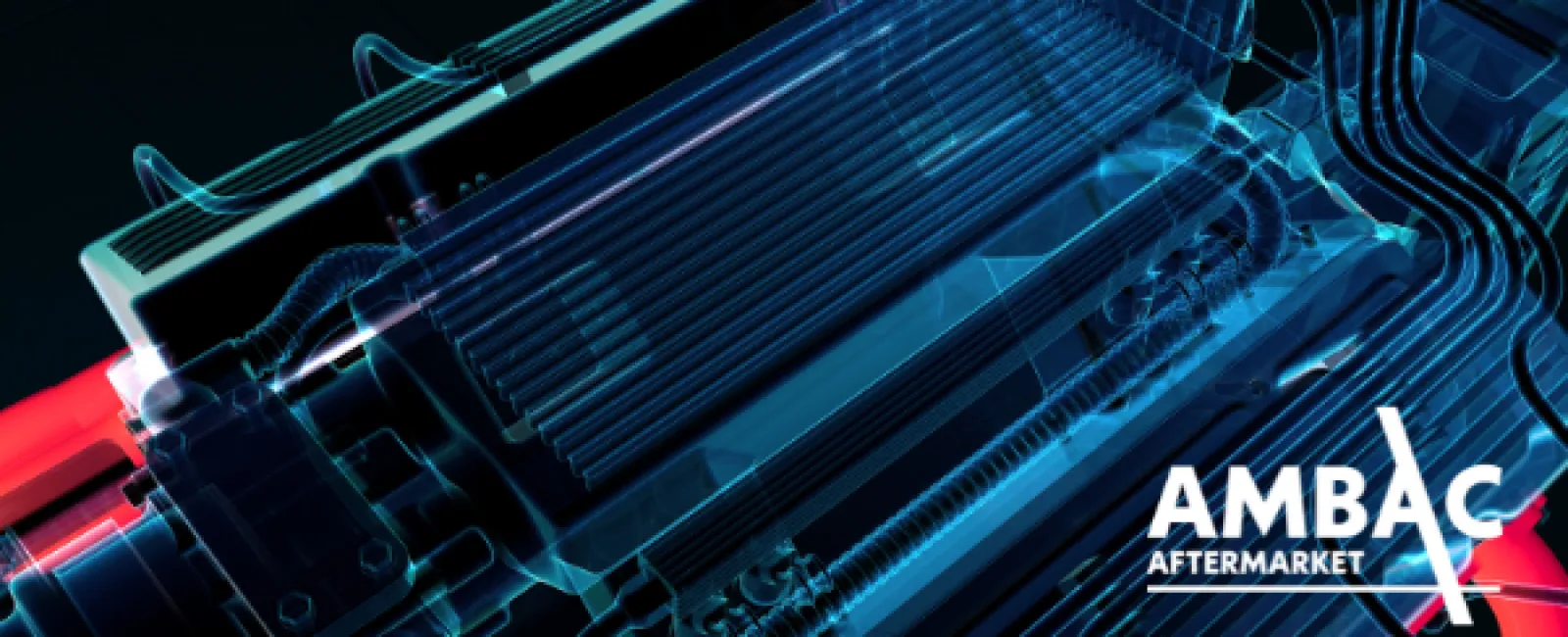Before reading this article,
please be aware that there is a difference between a fuel pump and a fuel
injection pump. For this article, we are discussing a simple fuel pump, also
known as a lift or transfer pump.
The main function of a fuel pump
is to pull or push fuel from the fuel tank up to the engine. This fuel is made
available to the carburetor, throttle body, port fuel injectors, or a diesel fuel
injection system. The different types of pumps listed below are used depending
on the pressure requirements, mounting configurations/locations, and duty
cycles. As technology has improved, the materials and the actual type of pump
have been upgraded as well.
Lift Pump - Typically, a lift pump "lifts" the fuel
from the tank and pumps it at 3-8 psi to the engine. A lift pump is a
mechanical pump, usually bolted to the side of the engine block. This type of
pump is a diaphragm pump that utilizes an arm that rides on a cam, with the
lobes of the cam providing the suction required to perform the fuel movement.
Transfer Pump - A transfer pump by definition
"transfers" the fuel from the tank to where it is needed…usually on a diesel
engine to the fuel injection pump. The most common applications are mounted
externally on the engine or fuel injection pump itself and driven via gear by
the fuel injection pump. As you will see in the article on fuel injection pumps,
some types of diesel fuel injection pumps (mostly rotary) have incorporated the
transfer pump within the actual fuel injection pump itself.
Electric Pump - An electric fuel pump is by far the
most common type of pump. Typically, this type of pump is either mounted in the
tank and "pushes" the fuel up to the engine, or it is mounted on the frame and
pulls the fuel from the tank…then pushes it to the engine. This type of pump
generates 30-80 psi of pressure and is best suited for today's modern engines.
Symptoms of a bad fuel pump:
1. Hard Starting…excessive
cranking
2. Noise in the fuel tank or frame
rail (electric pump)
3. Engine starts, but then stalls
4. Poor fuel economy
5. Pressure gauge fluctuations
